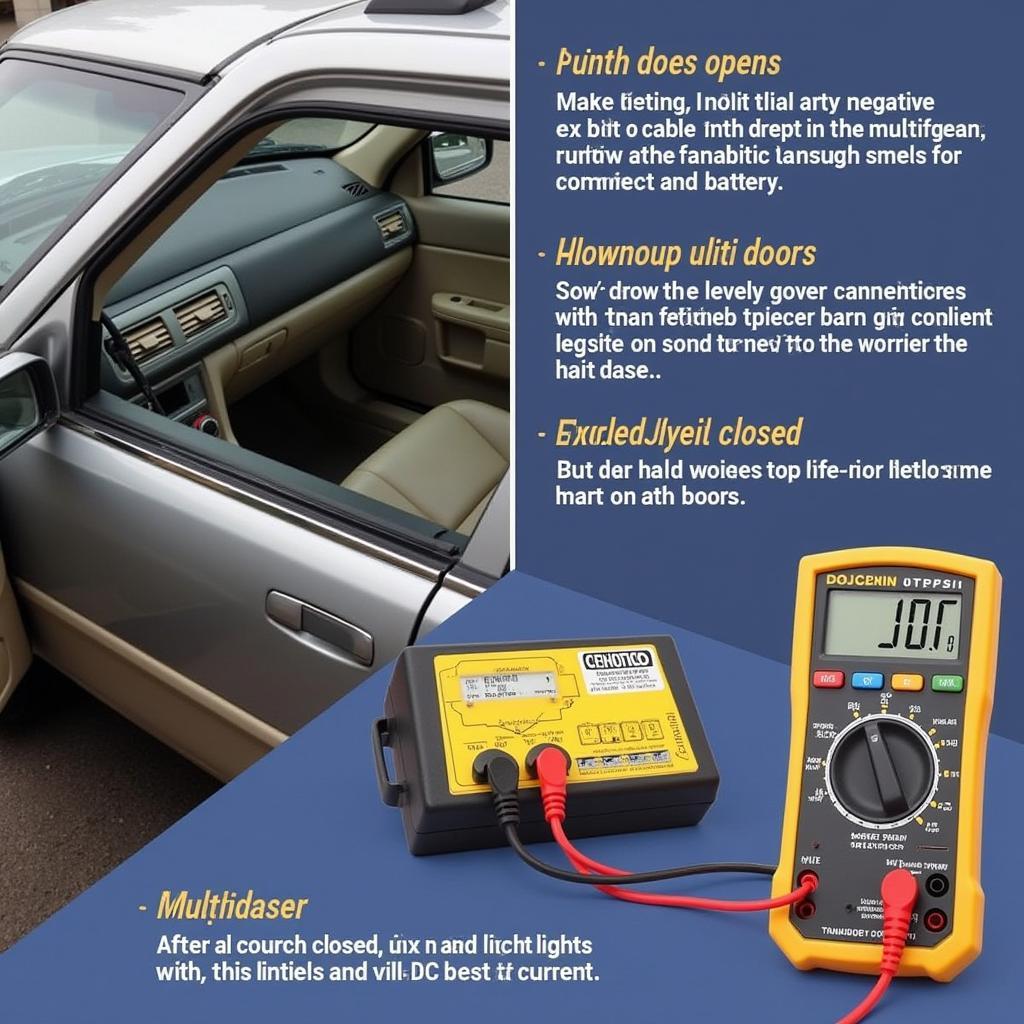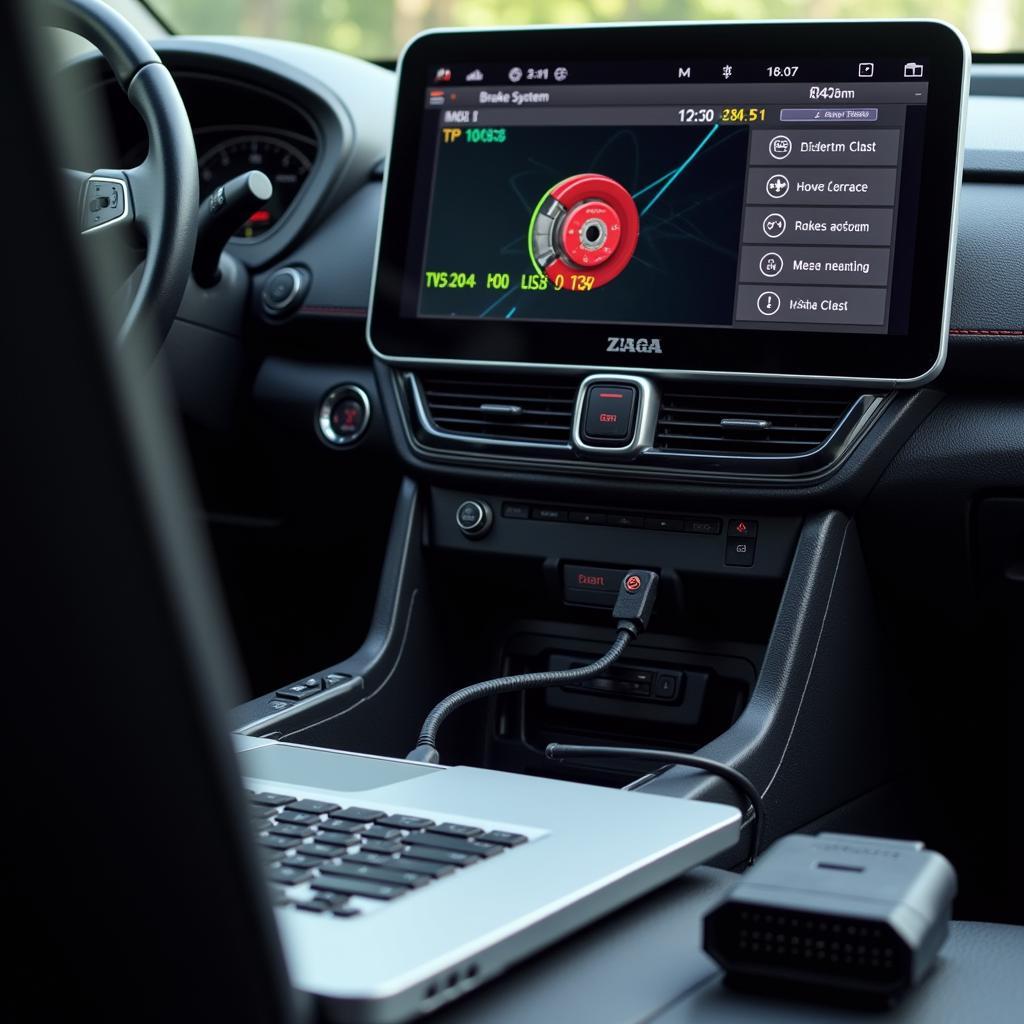Parasitic current draw, that silent battery killer, can leave you stranded at the worst possible moment. This comprehensive guide delves into the intricacies of parasitic draw, equipping you with the knowledge and tools to diagnose and resolve this common automotive issue. Learn how to identify the culprits behind your drained battery and reclaim control over your vehicle’s electrical system.
 Testing Parasitic Draw on a Car Battery
Testing Parasitic Draw on a Car Battery
What exactly is parasitic current draw? It’s the amount of current flowing through your car’s electrical system when the ignition is off. A small amount is normal, powering things like the clock, radio memory, and security system. However, excessive draw can drain your battery overnight, leaving you with a no-start situation.
Understanding the Enemy: What is Parasitic Draw?
Parasitic draw, also known as parasitic draw in car, isn’t always a fault. A certain level of current draw is necessary to maintain essential functions. However, when this draw exceeds acceptable limits, it becomes a problem.
Why is My Car Battery Draining So Fast?
Several components can contribute to excessive parasitic current draw. Faulty relays, interior lights left on, glove compartment lights staying illuminated, and malfunctioning door switches are common culprits. Even aftermarket accessories improperly installed can drain your battery. Diagnosing the root cause requires a systematic approach and a little know-how.
“A common mistake is assuming the battery is bad when it’s actually a parasitic draw issue,” says automotive electrical expert, Michael Johnson. “A simple test with a multimeter can save you the cost of a new battery.”
Diagnosing the Drain: Testing for Parasitic Draw
Testing for parasitic battery drains is straightforward with a multimeter. First, disconnect the negative battery cable. Then, connect the multimeter in series between the negative cable and the negative battery terminal. With the car off and all accessories off, the meter will display the current draw. A draw above 50 milliamps is generally considered excessive and warrants further investigation.
How to Use a Multimeter to Find a Parasitic Draw
- Set your multimeter to measure DC amps.
- Disconnect the negative battery terminal.
- Connect the red lead of the multimeter to the negative battery cable.
- Connect the black lead of the multimeter to the negative battery terminal.
- Observe the reading on the multimeter.
“Remember to check your owner’s manual for the specific acceptable parasitic draw for your vehicle model,” adds Johnson. “This information can save you a lot of time and trouble.”
Eliminating the Parasite: Fixing the Draw
Once you’ve identified an excessive draw, testing current draw on car battery pinpoint the culprit. Start by pulling fuses one at a time while observing the multimeter. A significant drop in current when a specific fuse is removed indicates the circuit with the problem. From there, you can narrow down the specific component causing the drain.
What is a Normal Parasitic Draw on a Car Battery?
Normal parasitic draw on car battery typically ranges between 20 and 50 milliamps. However, this can vary based on the vehicle and its features. Always consult your owner’s manual for specific recommendations. Ignoring a high parasitic draw can lead to a dead battery, starting problems, and even damage to sensitive electronics.
“Don’t be afraid to consult a qualified technician if you’re not comfortable working on your car’s electrical system,” advises Johnson. “It’s always better to be safe than sorry.”
In conclusion, parasitic current draw, while a common problem, can be effectively diagnosed and resolved. By understanding how to test for and pinpoint the source of the draw, you can prevent dead batteries and keep your car running smoothly. Armed with the knowledge from this guide, you can conquer parasitic current draw and take charge of your vehicle’s electrical health.


